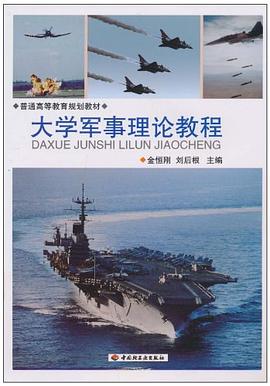Introduction -- The Strategic Context Chapter One: Preparation and Planning Selection of landing point/target; type of forces required; training; command structure and inter-service/inter-ally cooperation; equipment and technology required; special considerations due to distance of battle space from base and terrain. Case studies include D-Day, German plans for the invasion of Britain in WWII, Inchon and the Falklands. Chapter Two: Reaching the Battle Zone The role of the navy: aircraft carriers, availability of merchant shipping and adequate protection; troop ships, destroyers and frigates to act as escort force. Case studies include Midway (Japanese failure to secure sea control prior to assault on island) and the Gulf. Chapter Three: Pre-landing Operations Bombardment, shelling and air strikes on primary targets; helicopter and submarine insertions; minesweeping operations and the clearing of beach defences. Chapter Four: Securing the Beach The development of landing craft; the experience of getting on to the beach; the need to get off the beach quickly; opposed and unopposed landings. Case studies include Dieppe, Iwo Jima, Omaha beach, Suez. Chapter Five: Consolidation and Breakout Not getting stuck with men and supplies piling up; getting enough depth so not under enemy fire. Concentration of forces in order to interdict enemy lines of communication and supply, prevent them from getting near the coast and driving you back. The approach to the main target. Case studies include Gallipoli, Anzio, D-Day, Falklands. Chapter Six: Logistics and Supply How to provide the munitions, food, men and materiel to sustain the operation once in the battle zone; pipelines, floating harbours, hospital ships (eg the Canberra in the Falklands). Case studies include the fleet trains for the Pacific campaign in WWII, Vietnam, Falklands. Chapter Seven: Withdrawal and Evacuation An often overlooked aspect of amphibious operations. Discussion of problems of planned withdrawal, withdrawal in contact with the enemy, conduct and requirements. Case studies include Gallipoli, Dunkirk, Crete, Korea (Hungnam in 1950). Chapter Eight: Equipment Detailed study of design and development of landing ships and craft, shore bombardment artillery. Future operations: Apache attack helicopters, long-range precision munitions, digitised command and control facilities, new aircraft carriers, helicopter carriers, roll-on/roll-off ships, landing logistic ships, landing platforms dock, submarines and escorts, submarine-launched Tomahawk land-attack missile (TLAM), the Eurofighter. Chapter Nine: The Future of Amphibious Warfare Changed strategic environment in post-Cold War era. No longer a pre-ordained monolithic threat. Instead, more crisis flashpoints all around the globe, which require rapid response. Demonstration of UN/NATO/Western will and means to intervene, often for humanitarian reasons. Amphibious forces are the only ones that can react immediately to such a crisis. Impact of technology: the digitisation of the battlespace, increasing weapon ranges (eg. TLAM) means the traditional beach landings may no longer be necessary. Naval forces having more impact on land than ever before. Discussion of evolving USMC issues such as Operational Manoeuvre, Sea Basing, precision fires. Higher sensitivity to casualties, and increased presence of media. Greater interoperability required between individual services, between the services of different countries and alliances, and non-military organisations. Appendix: Amphibious Warfare Ships and Craft Designations Ship designations during World War II Post-World War II Ship designations Index
· · · · · · (
收起)






















